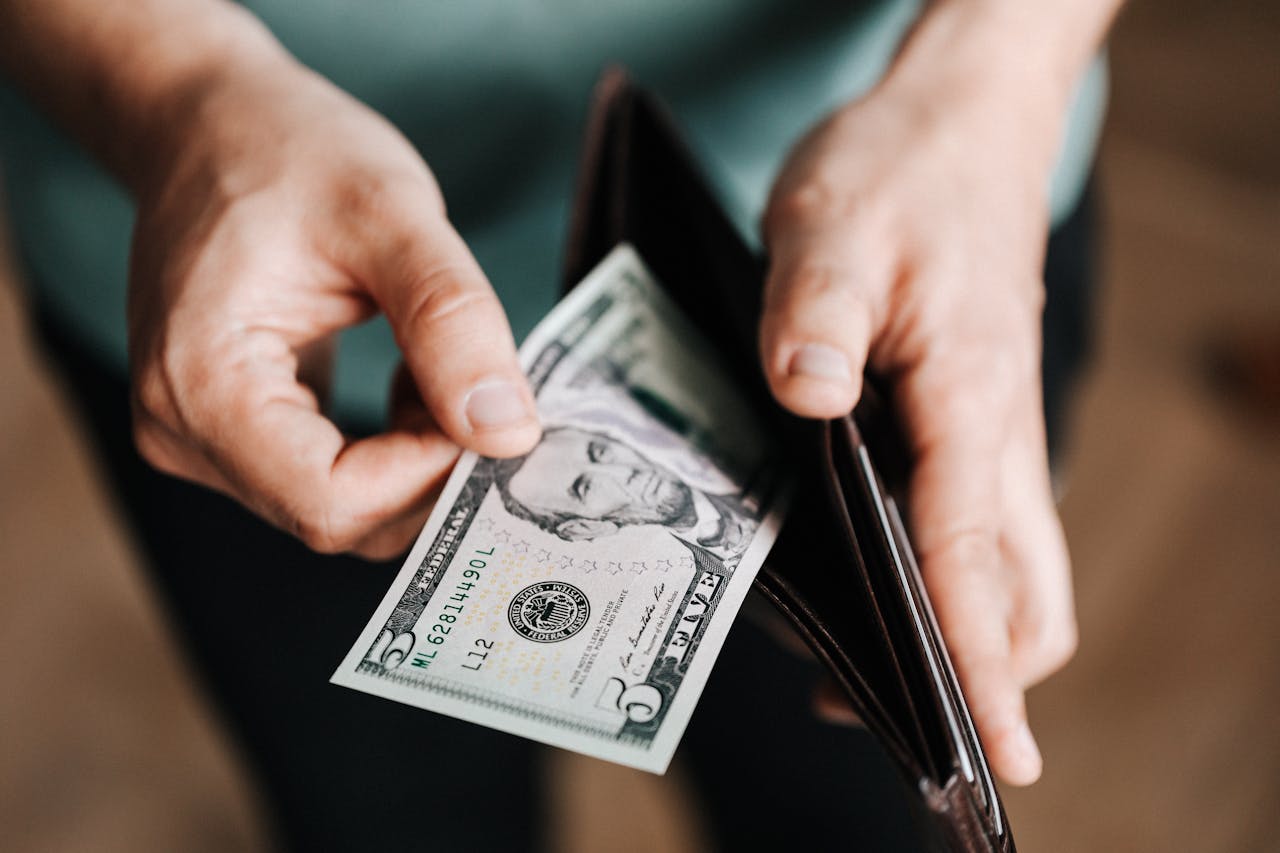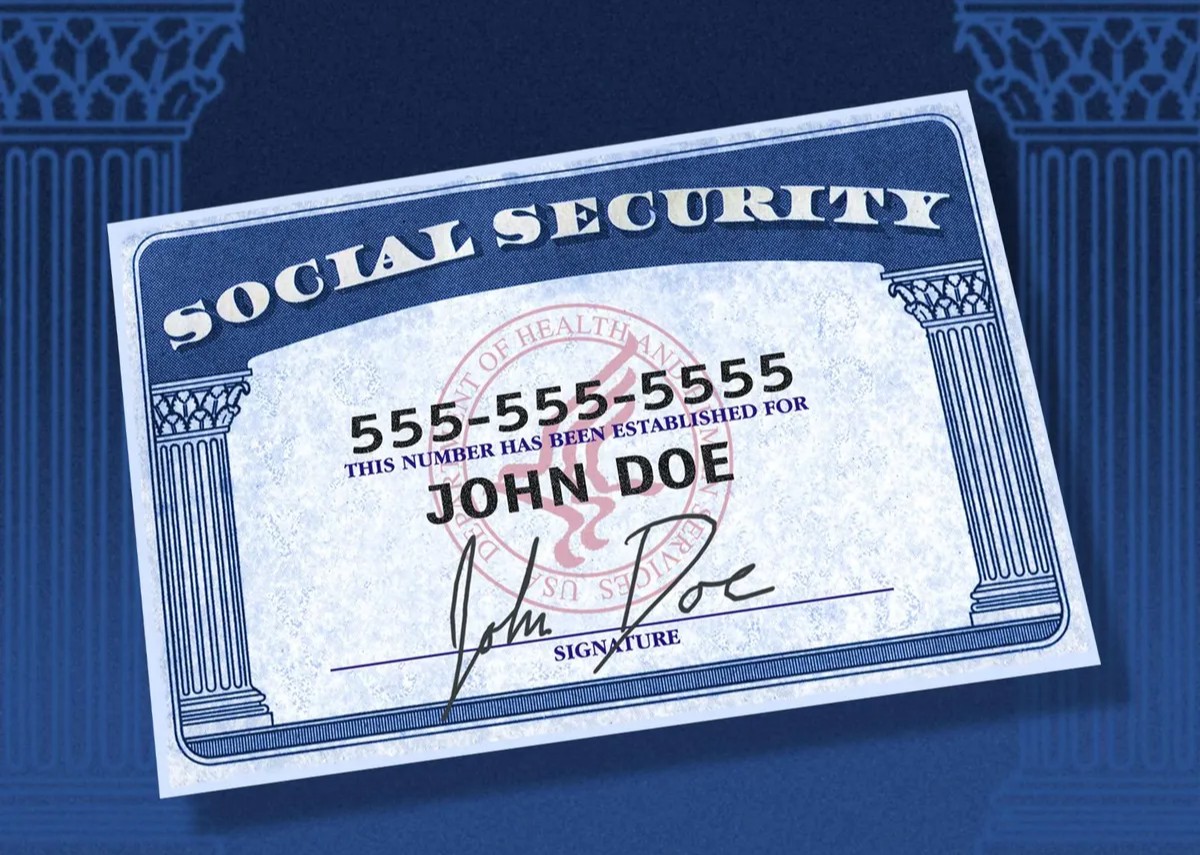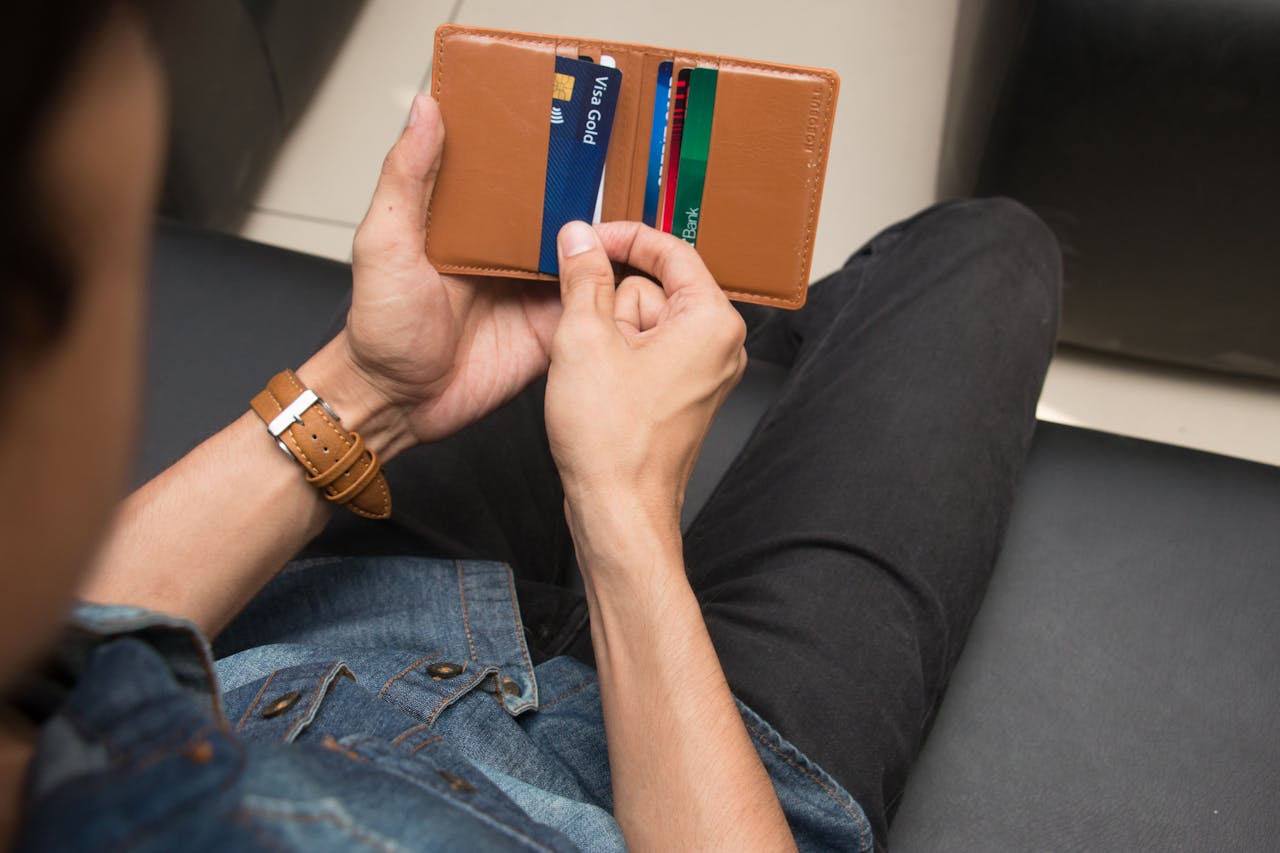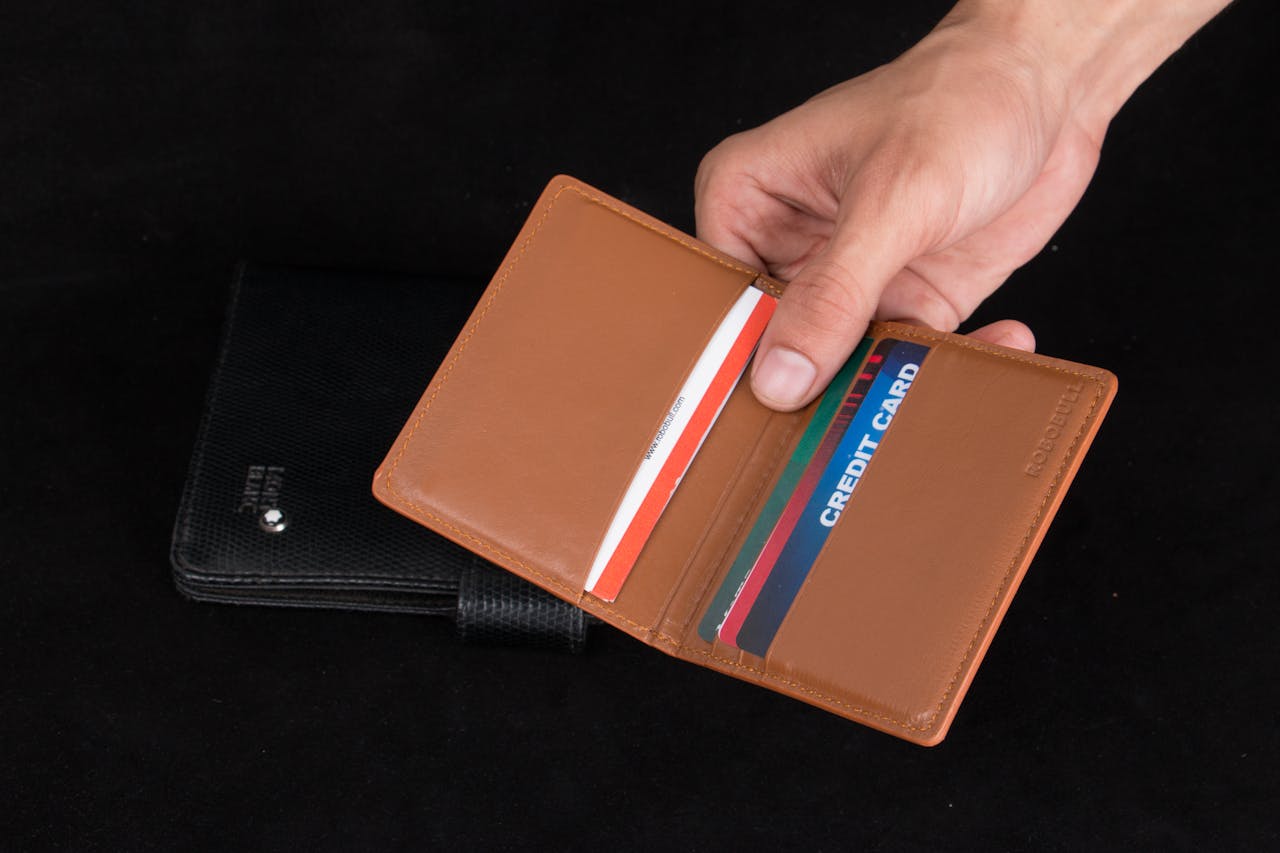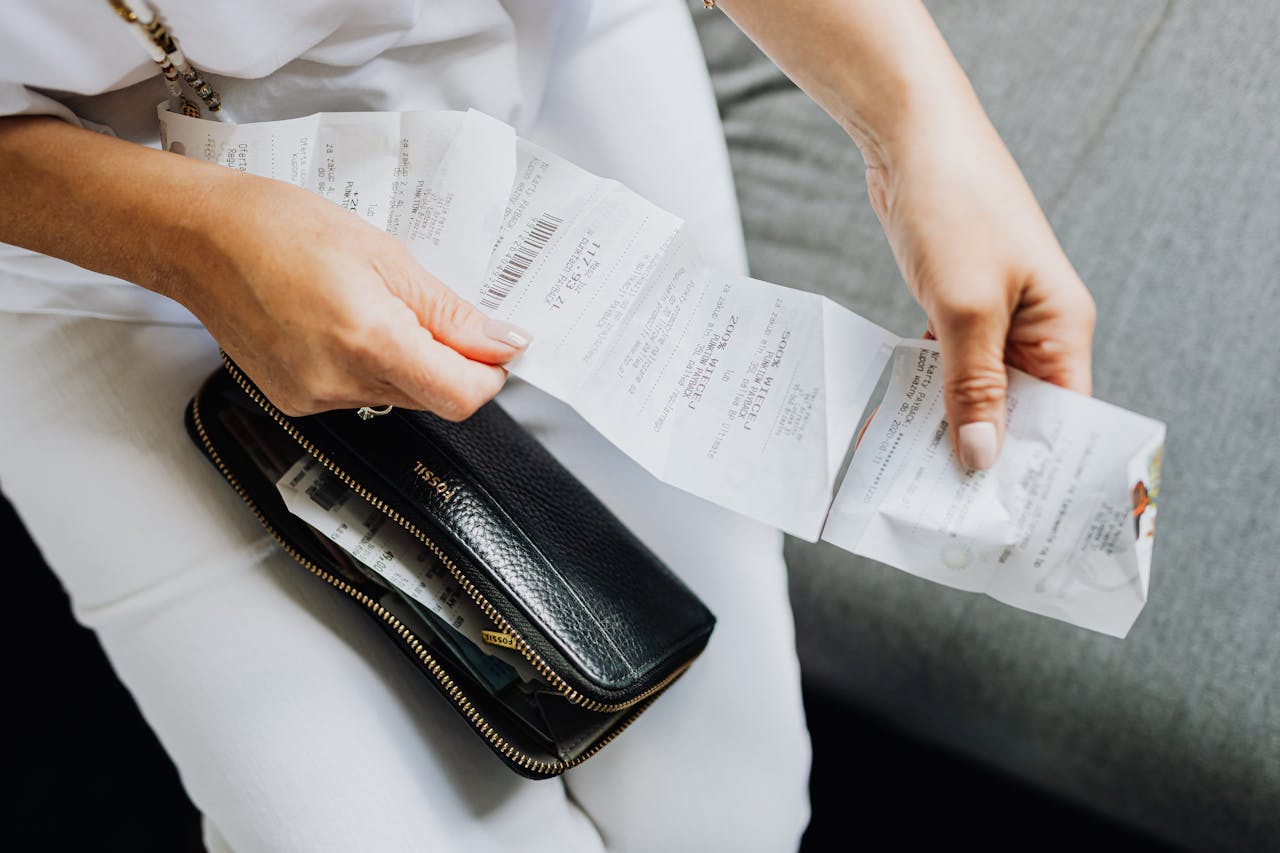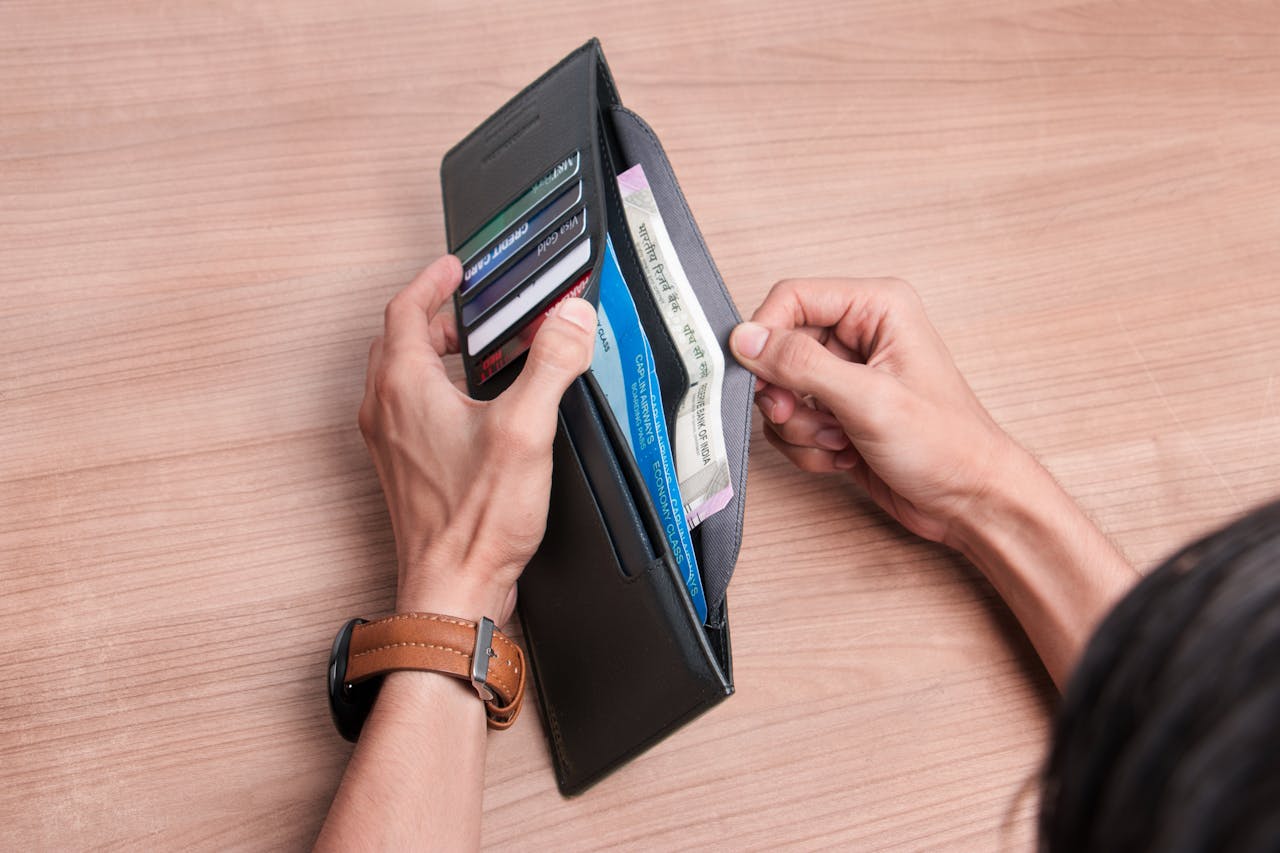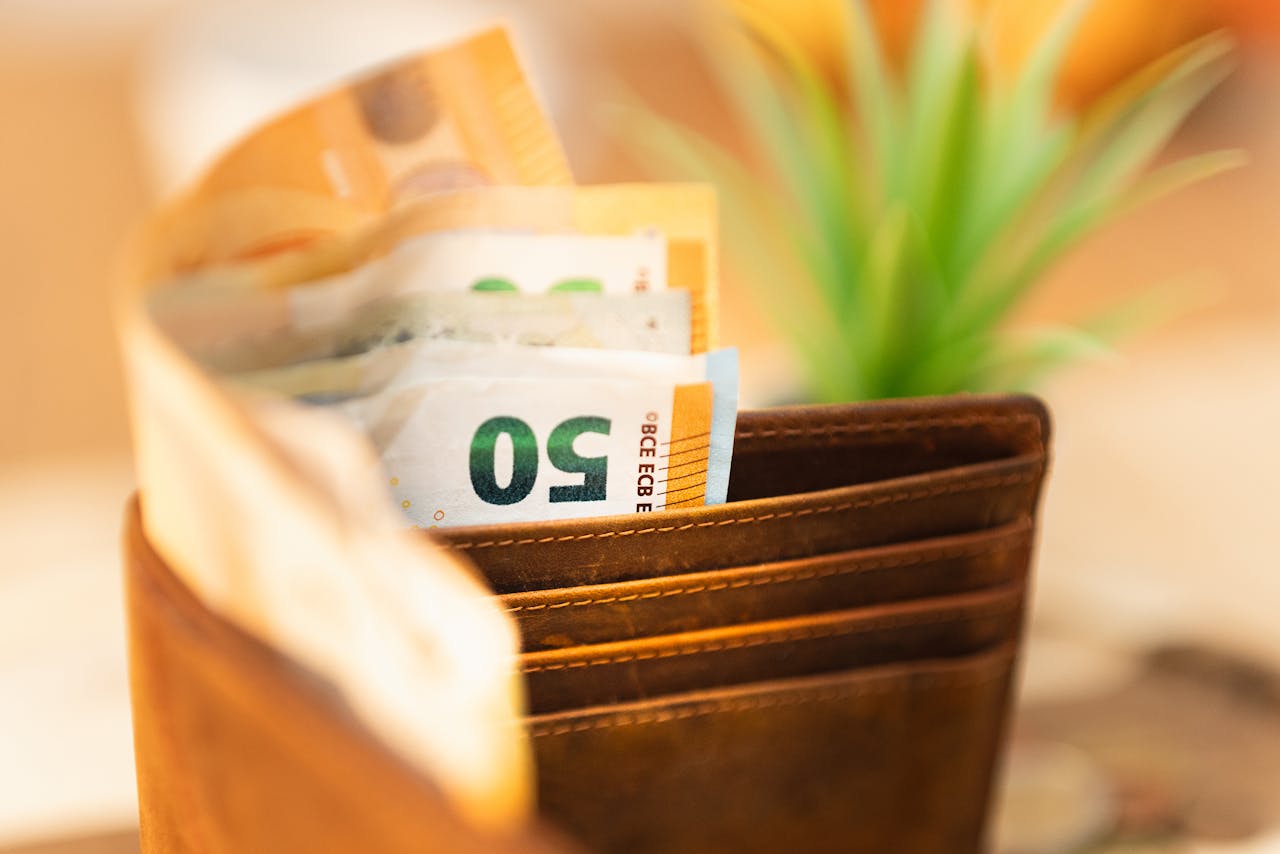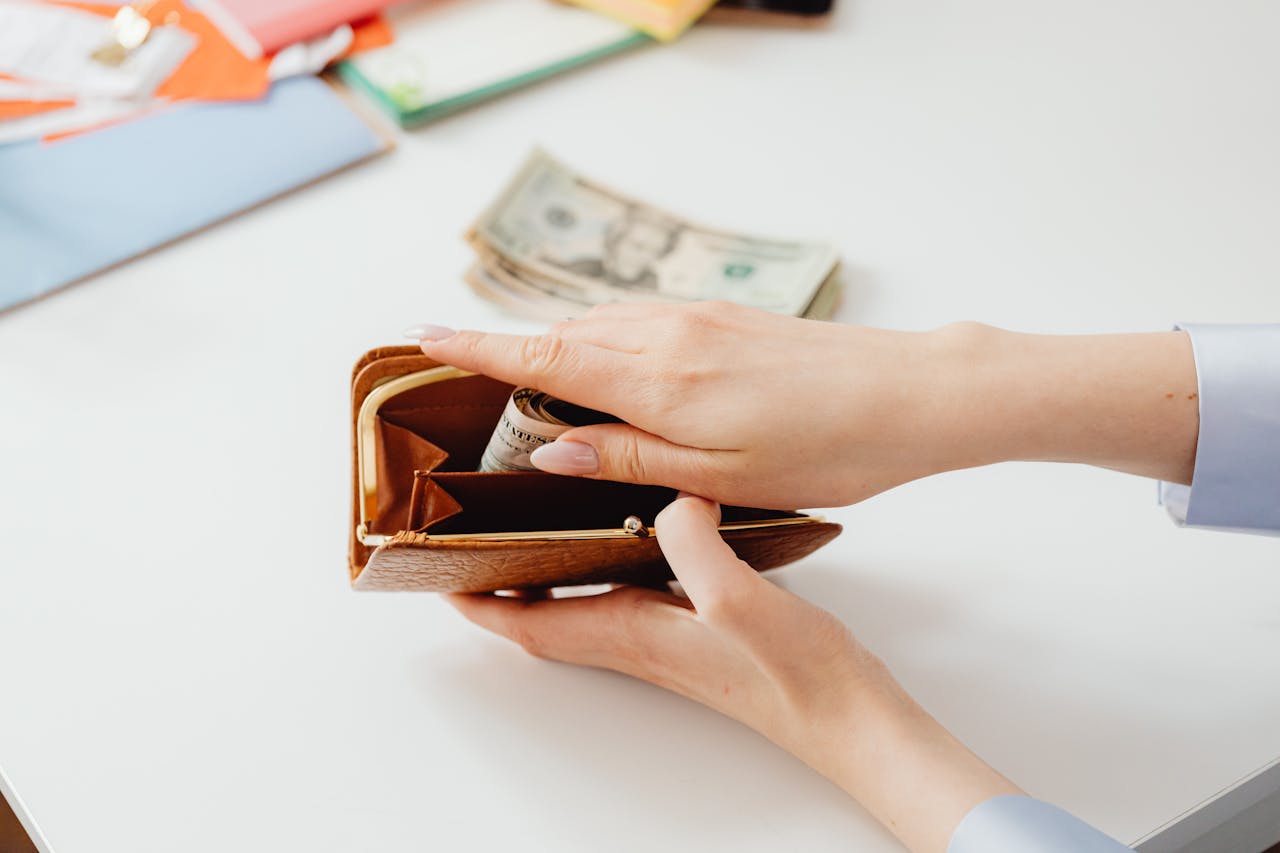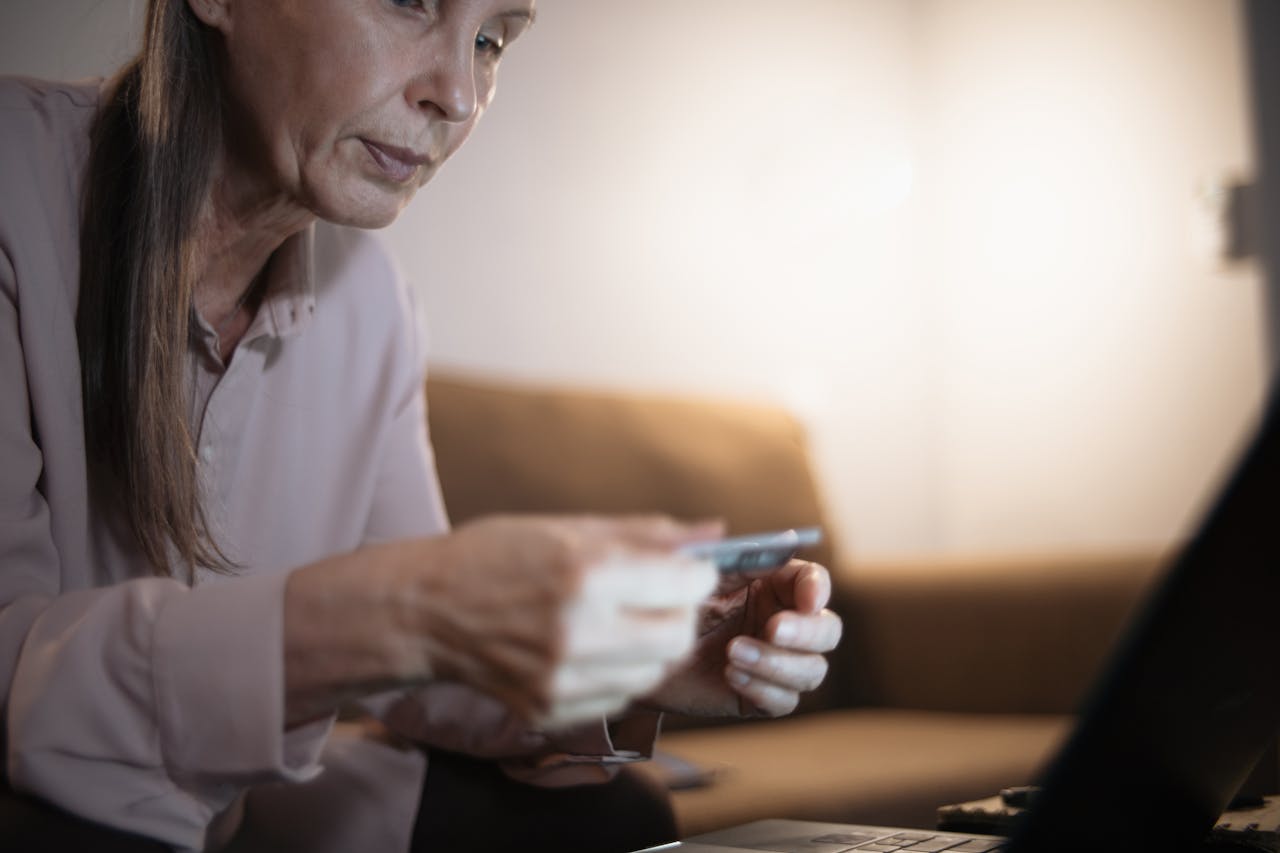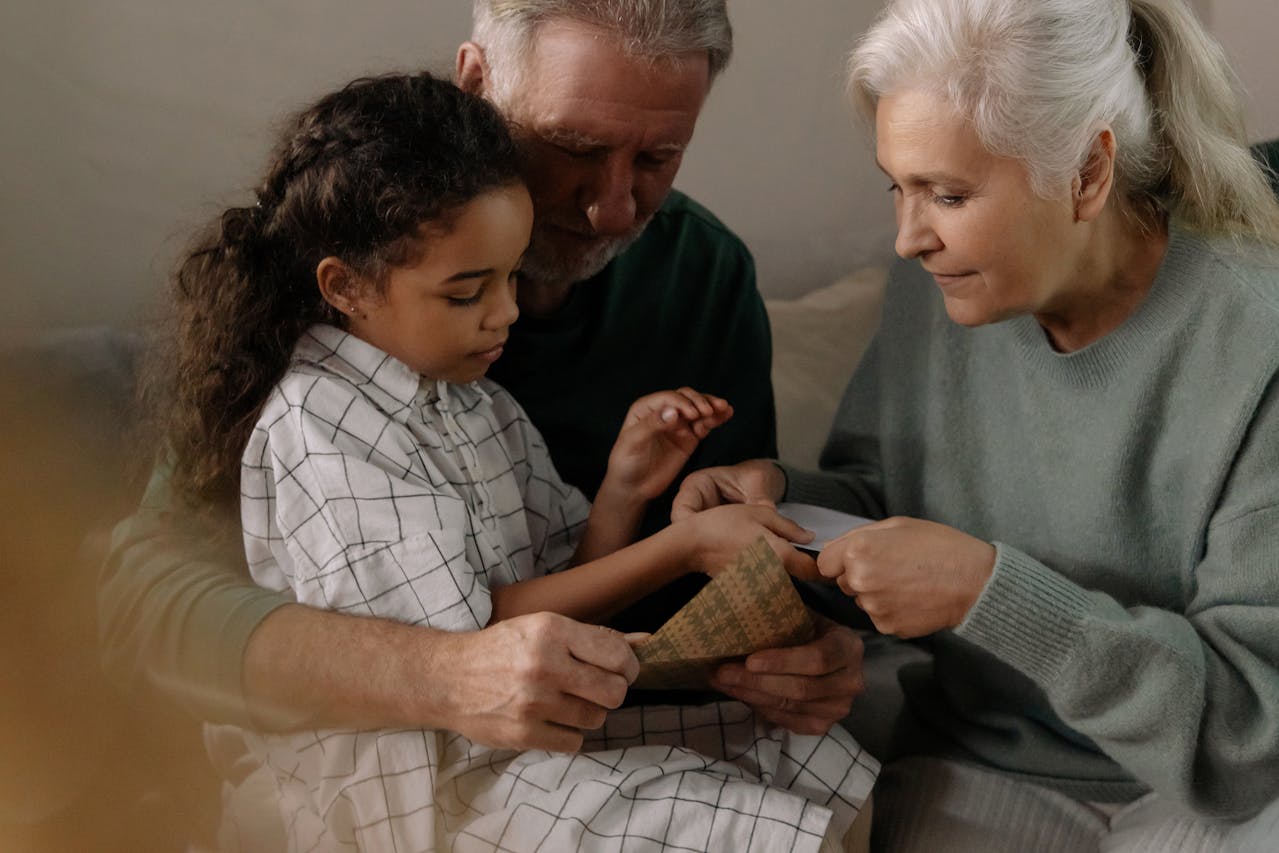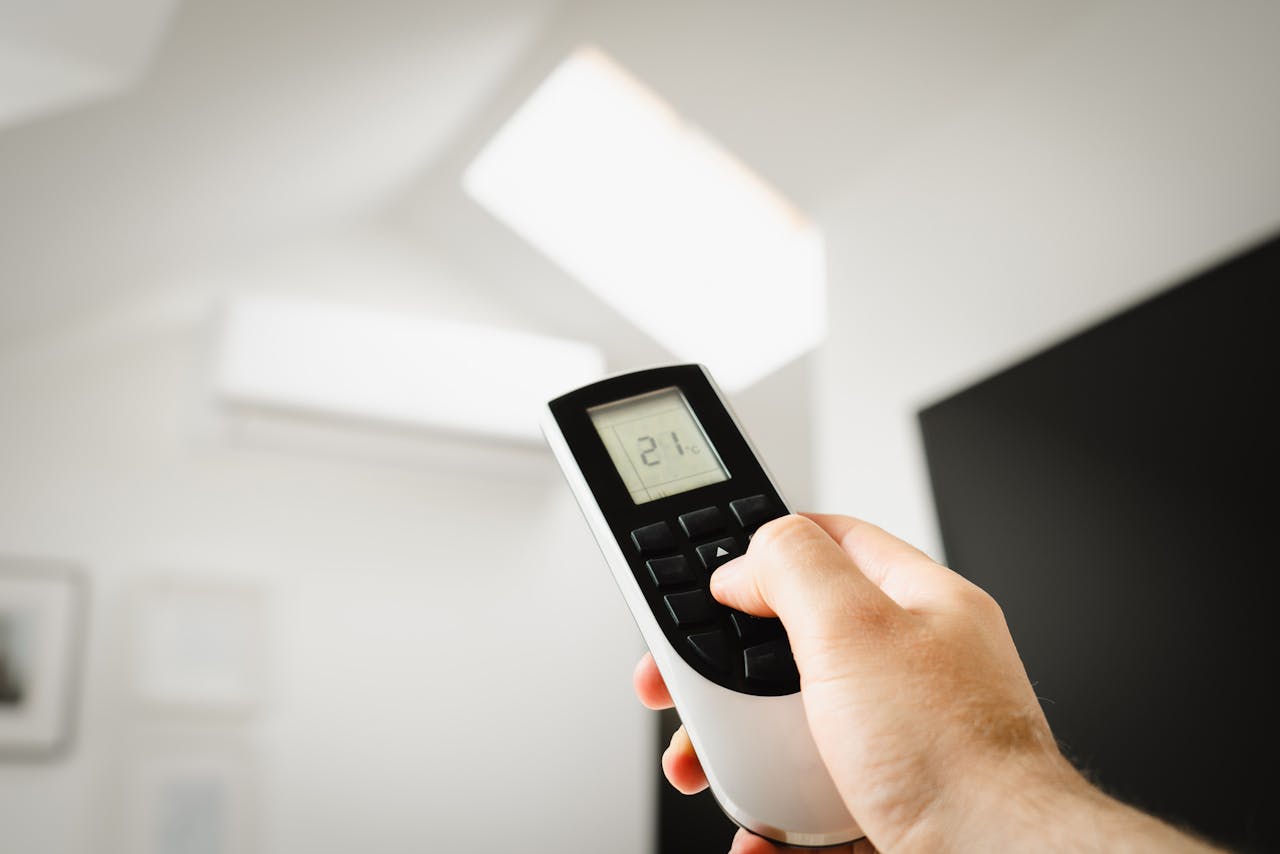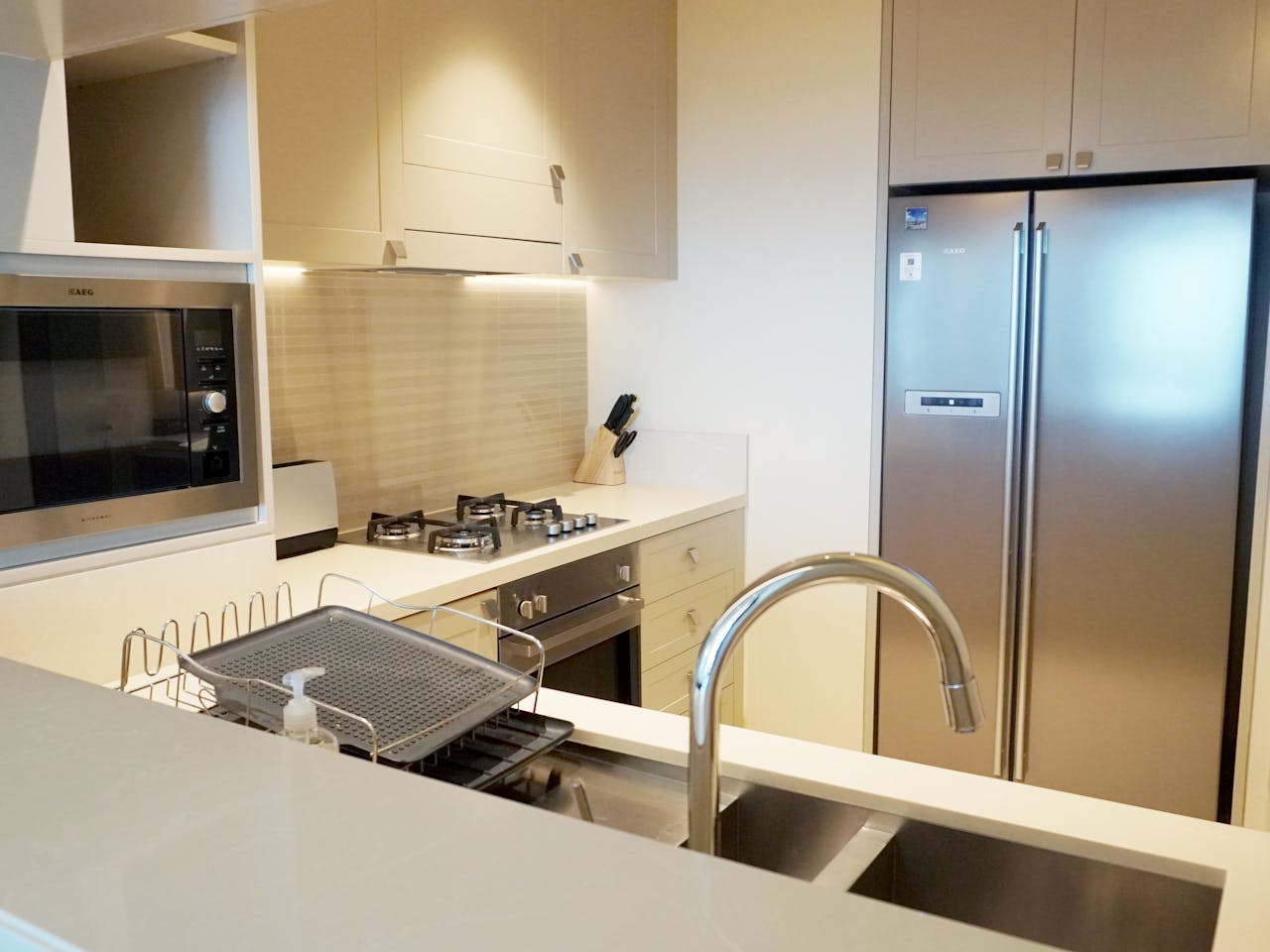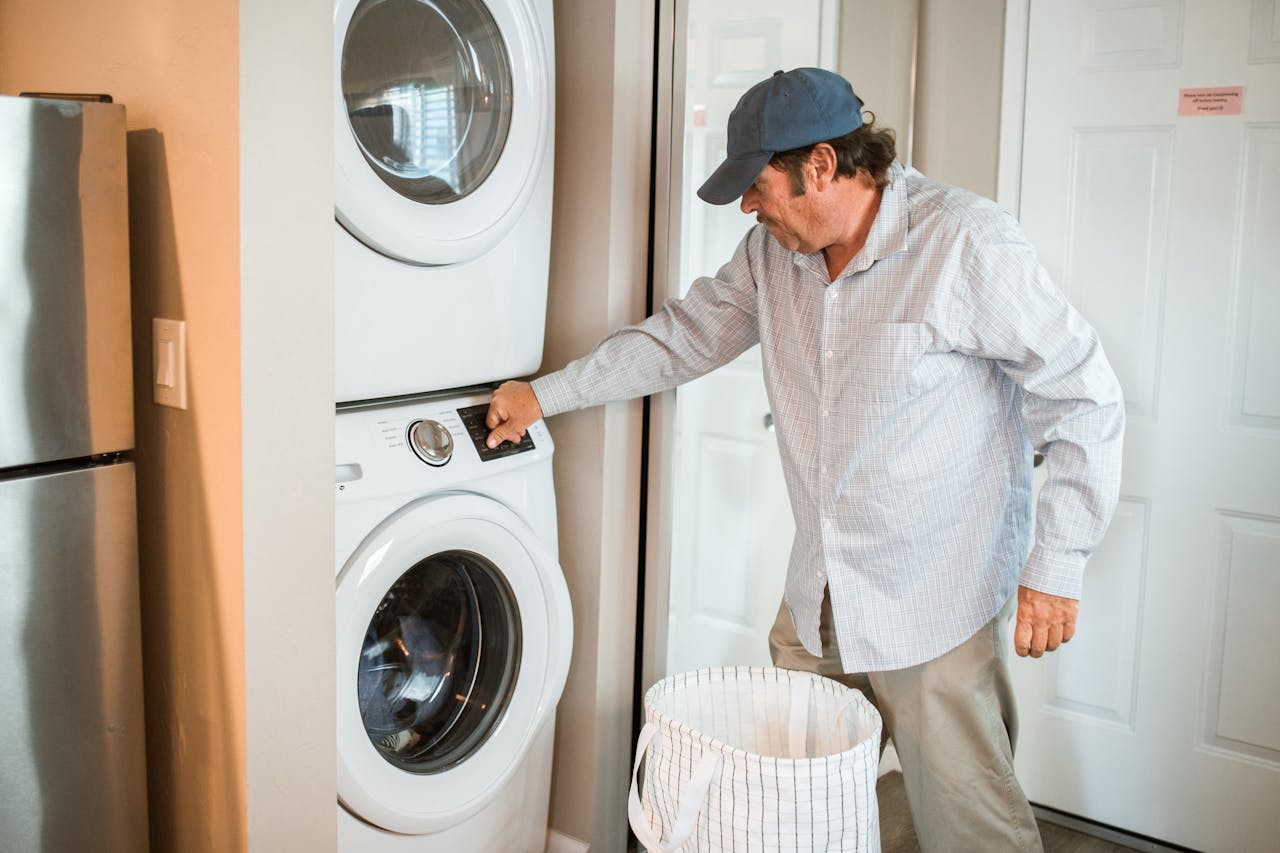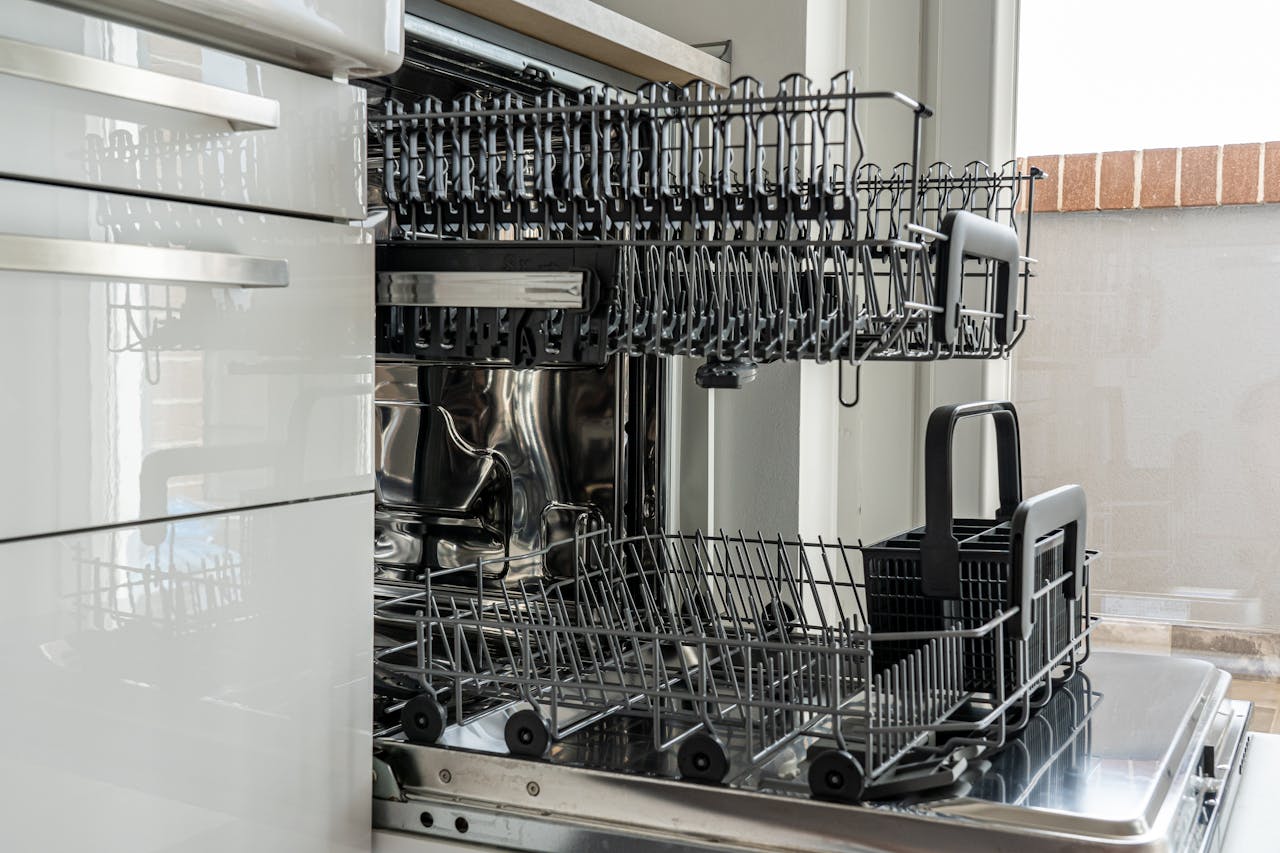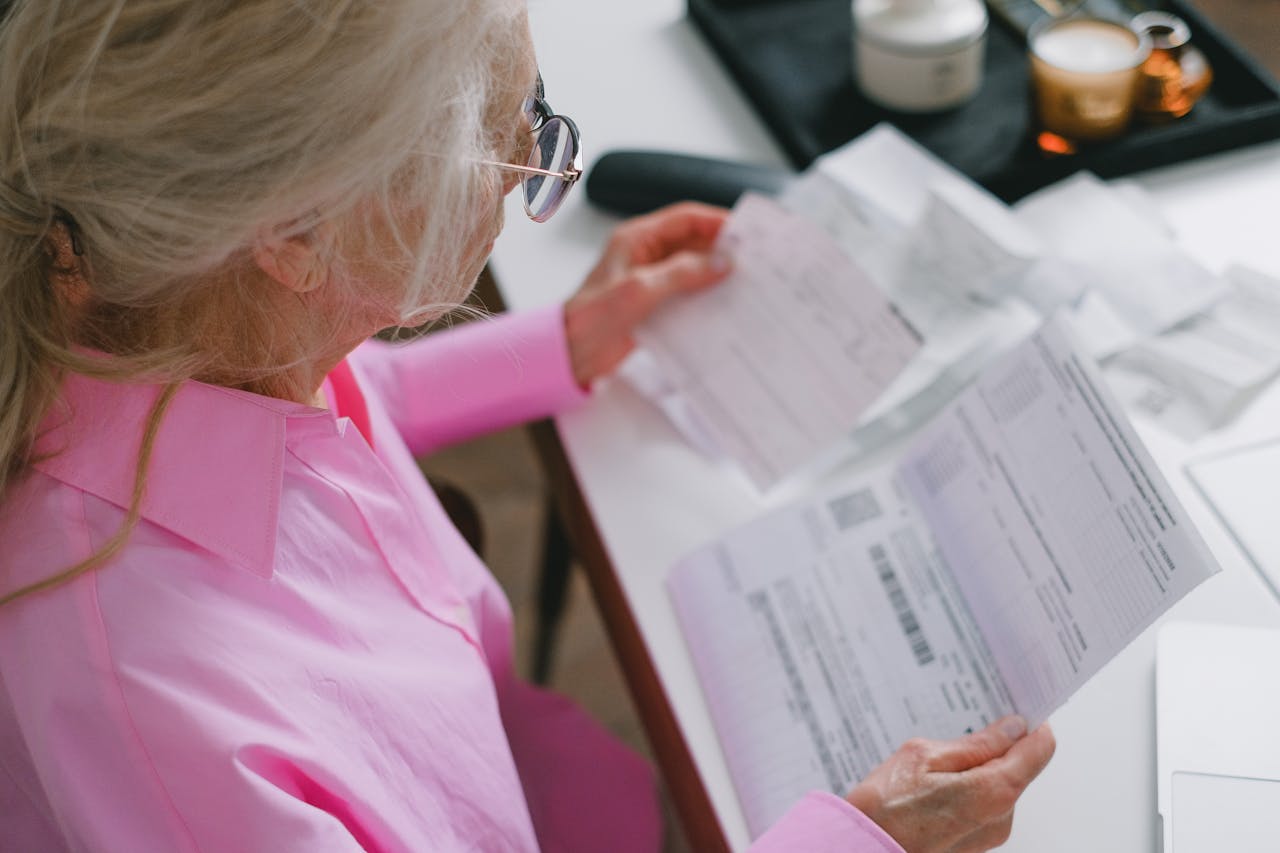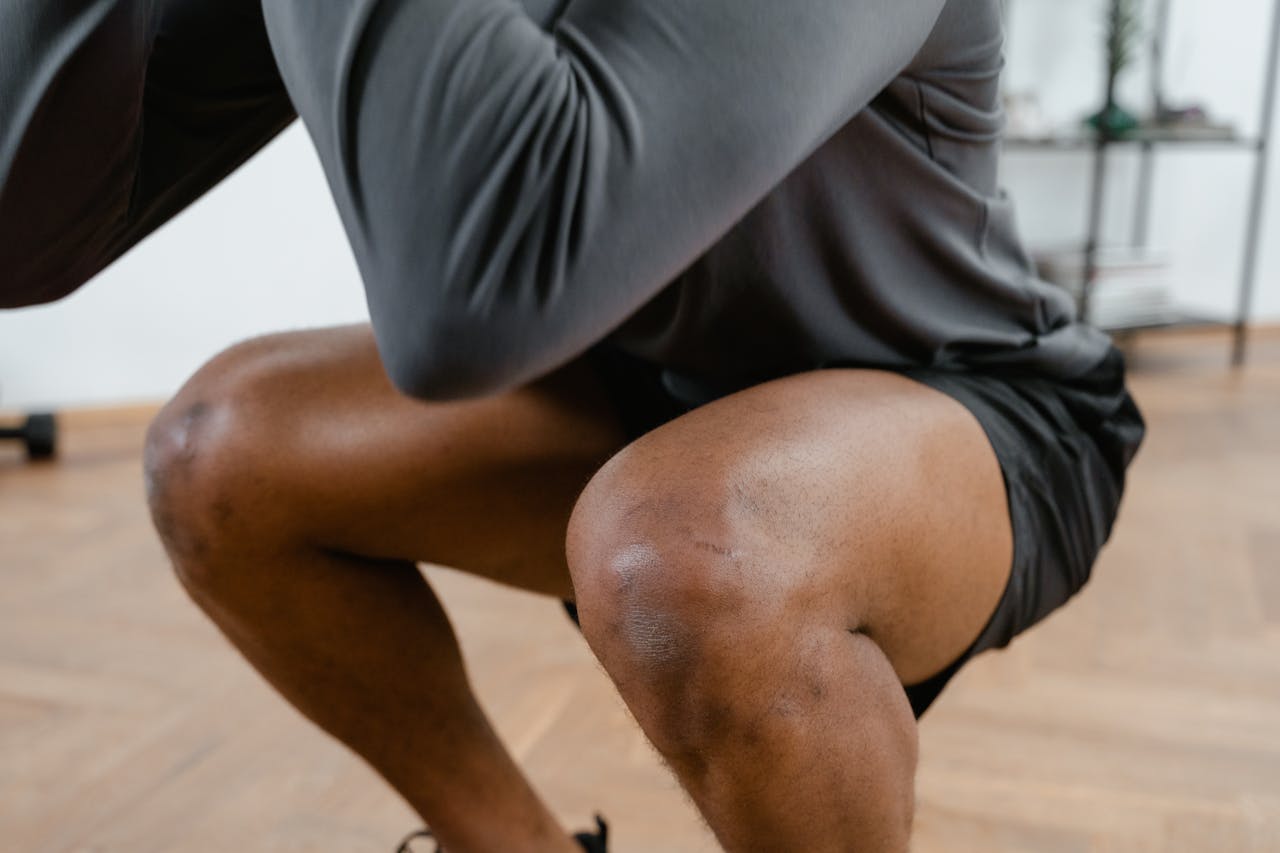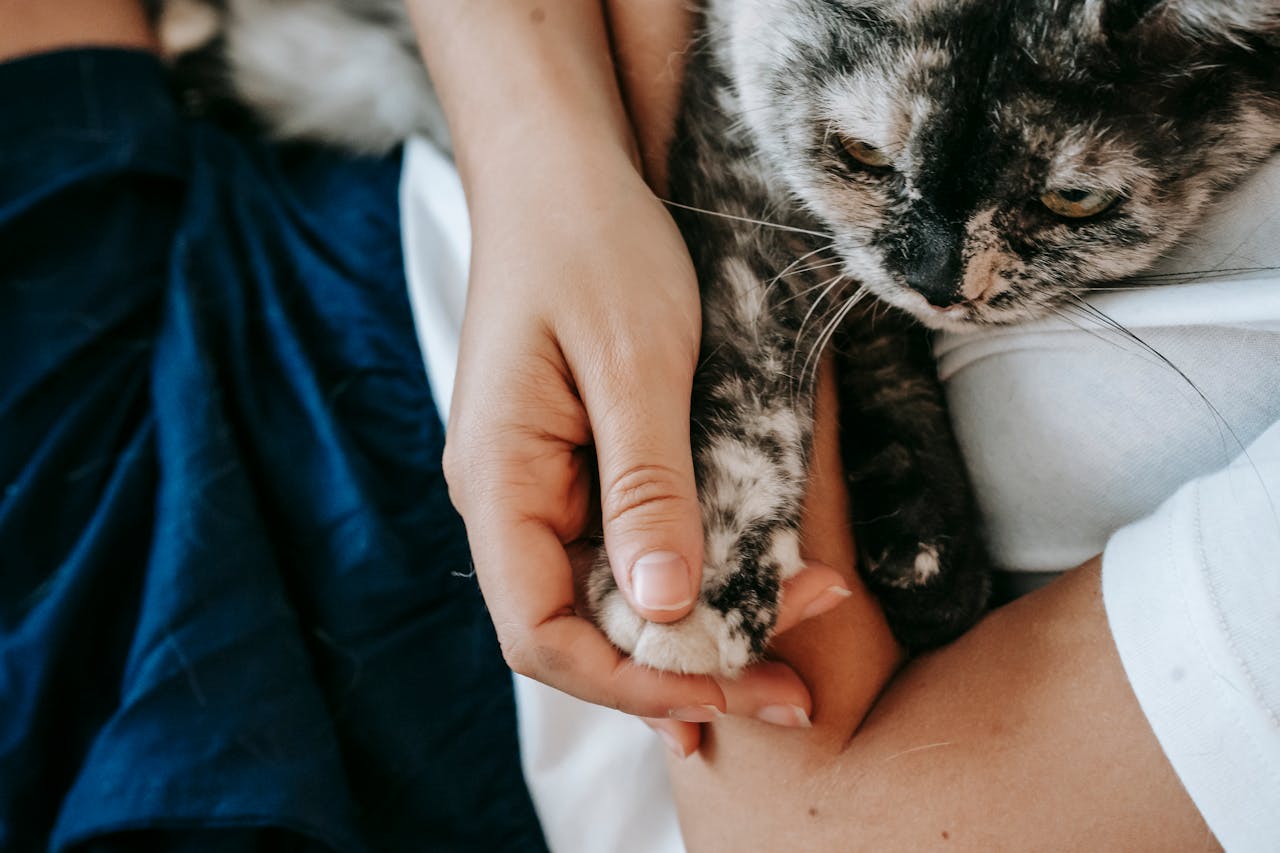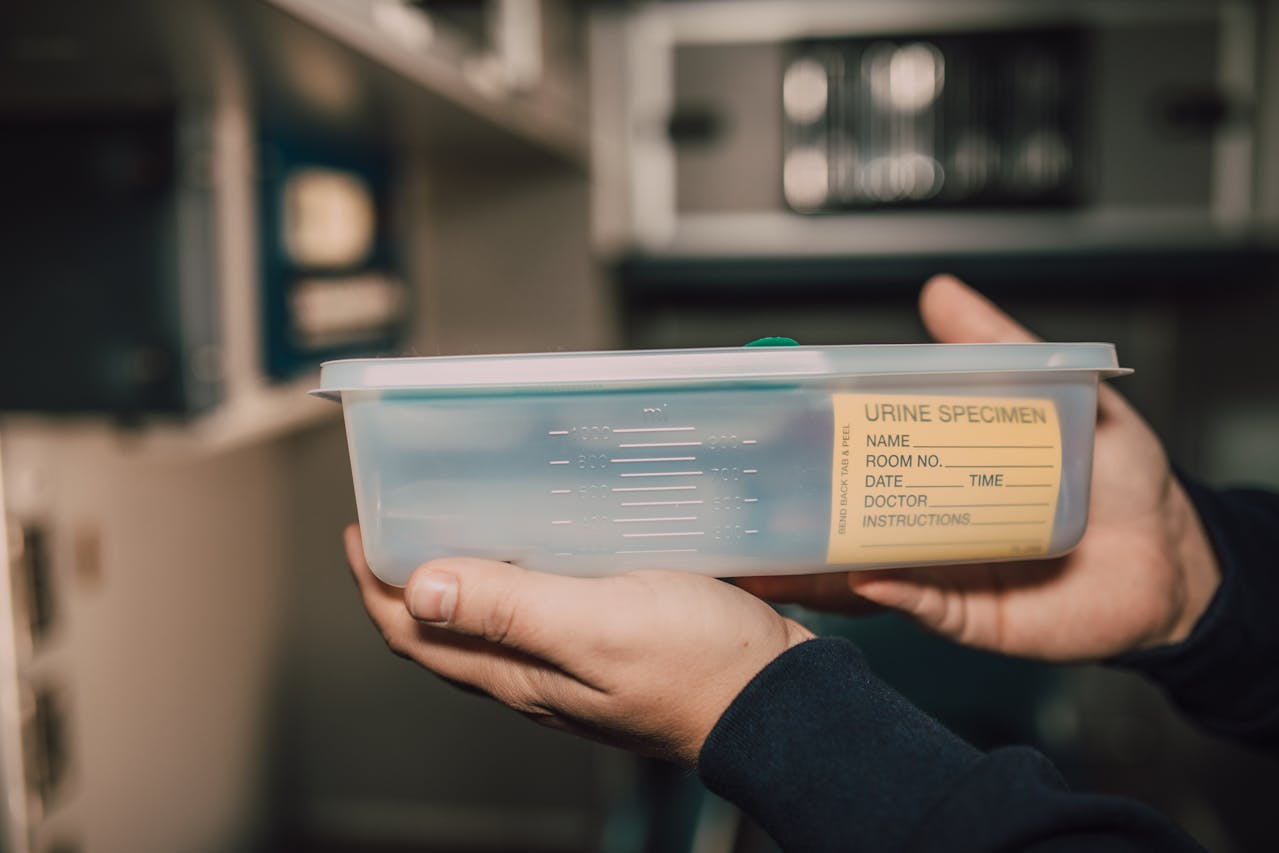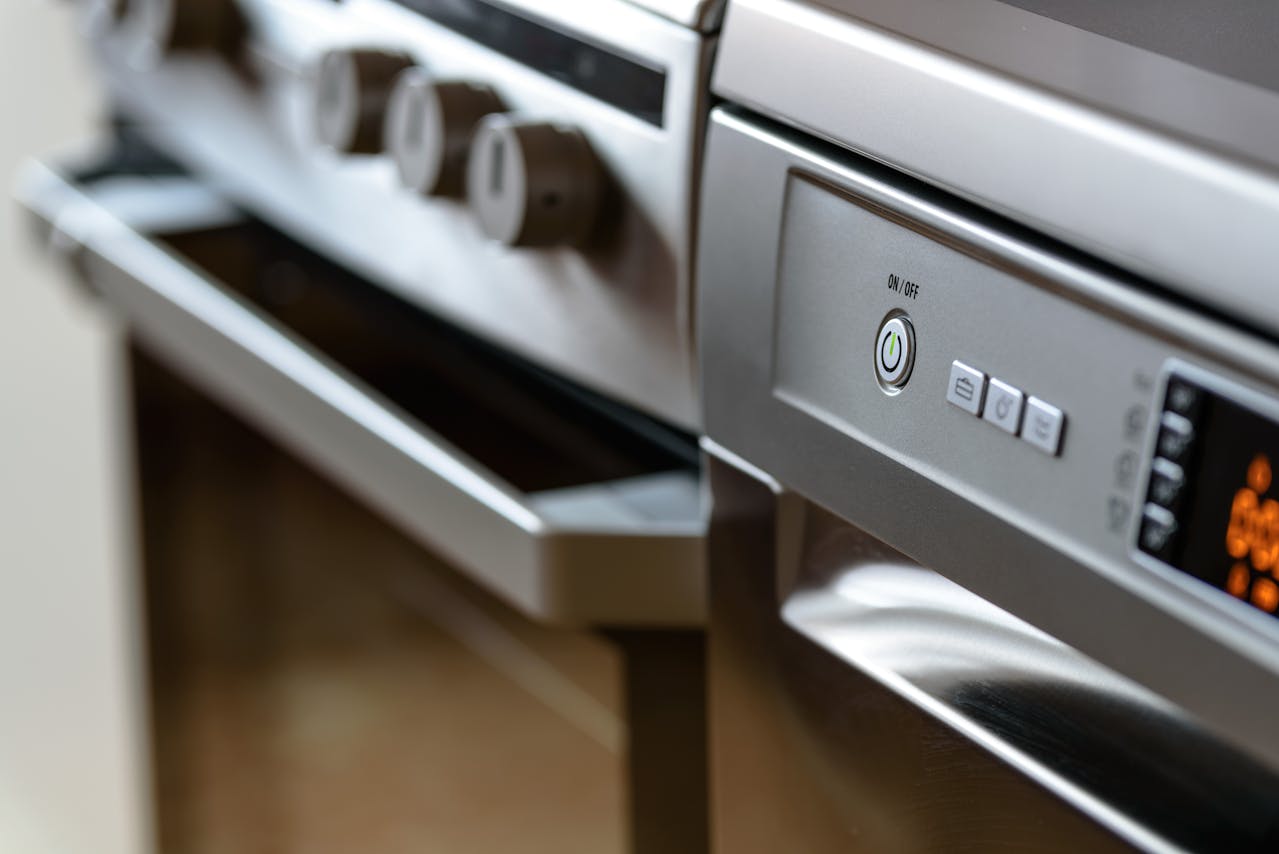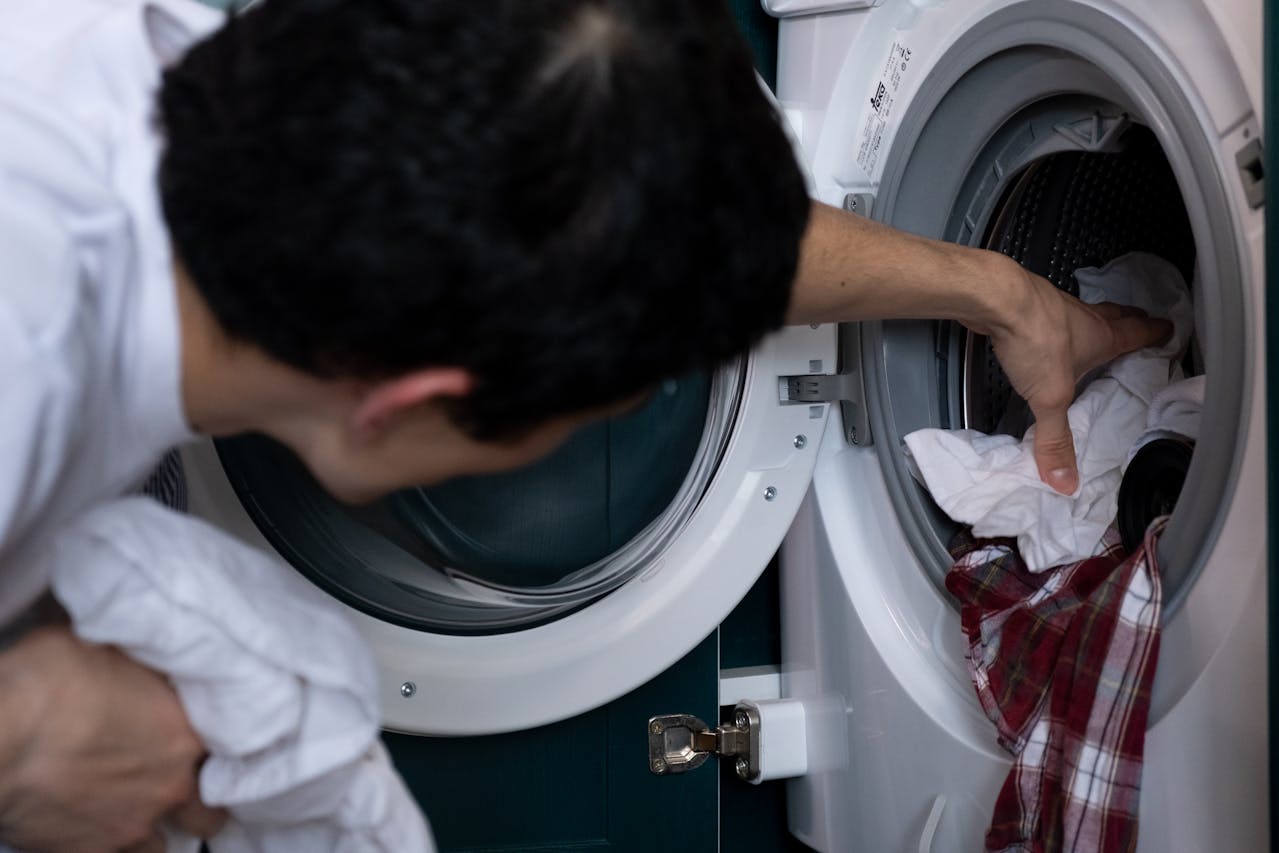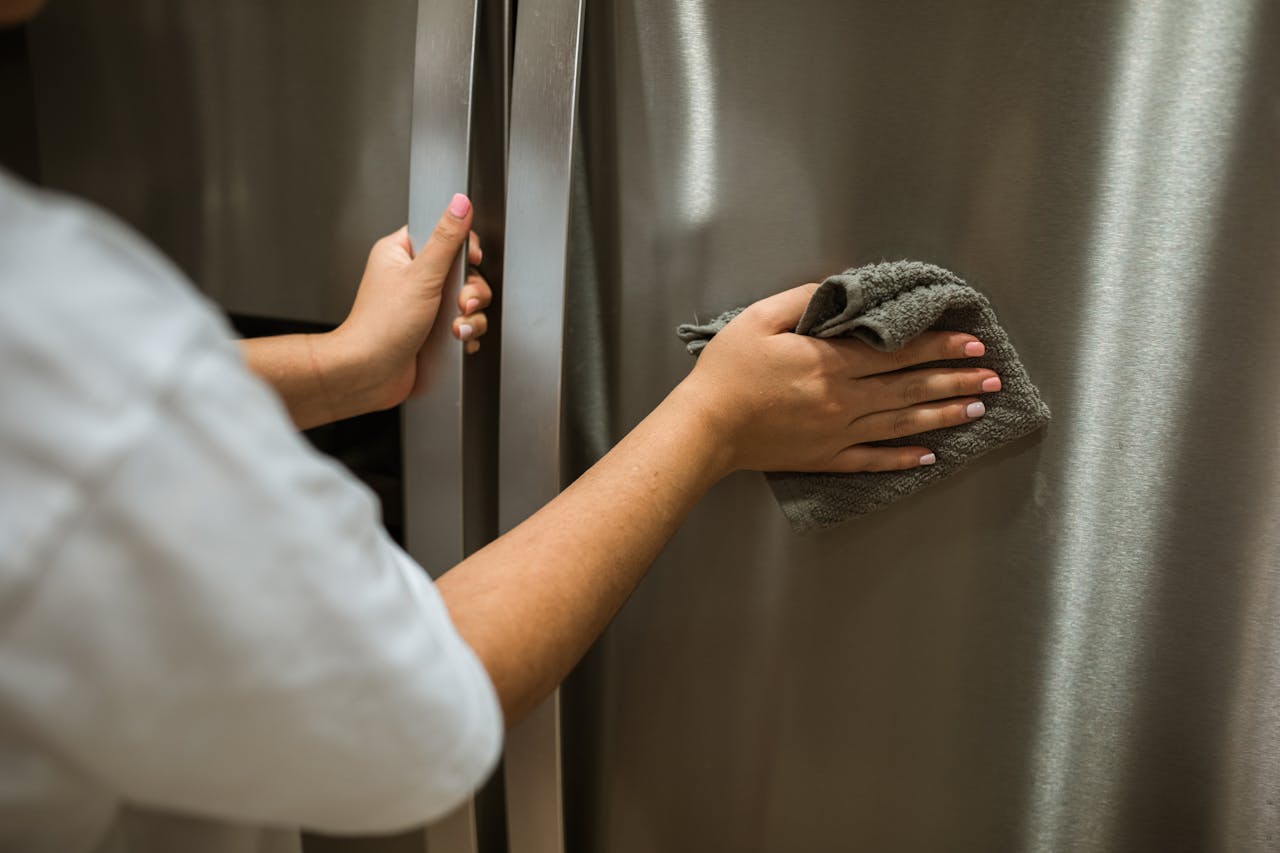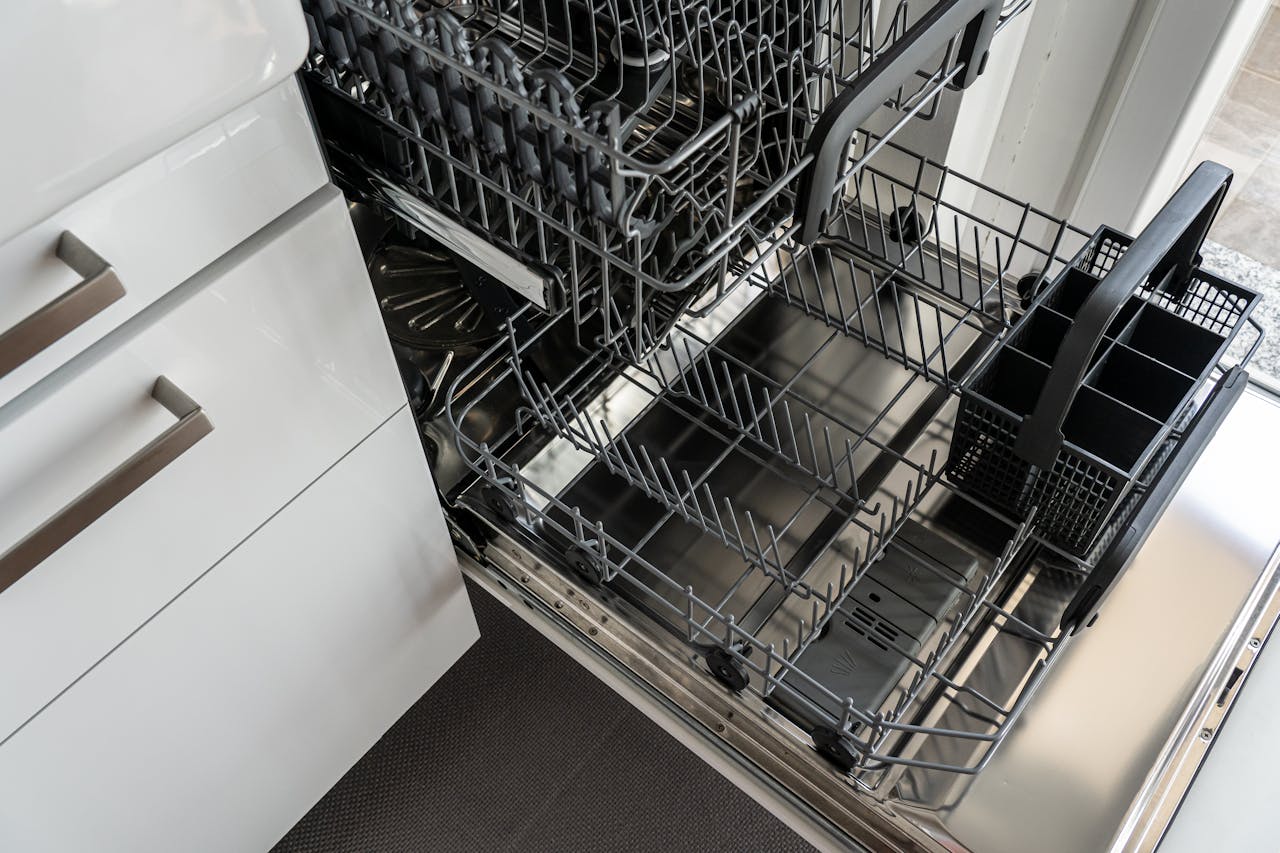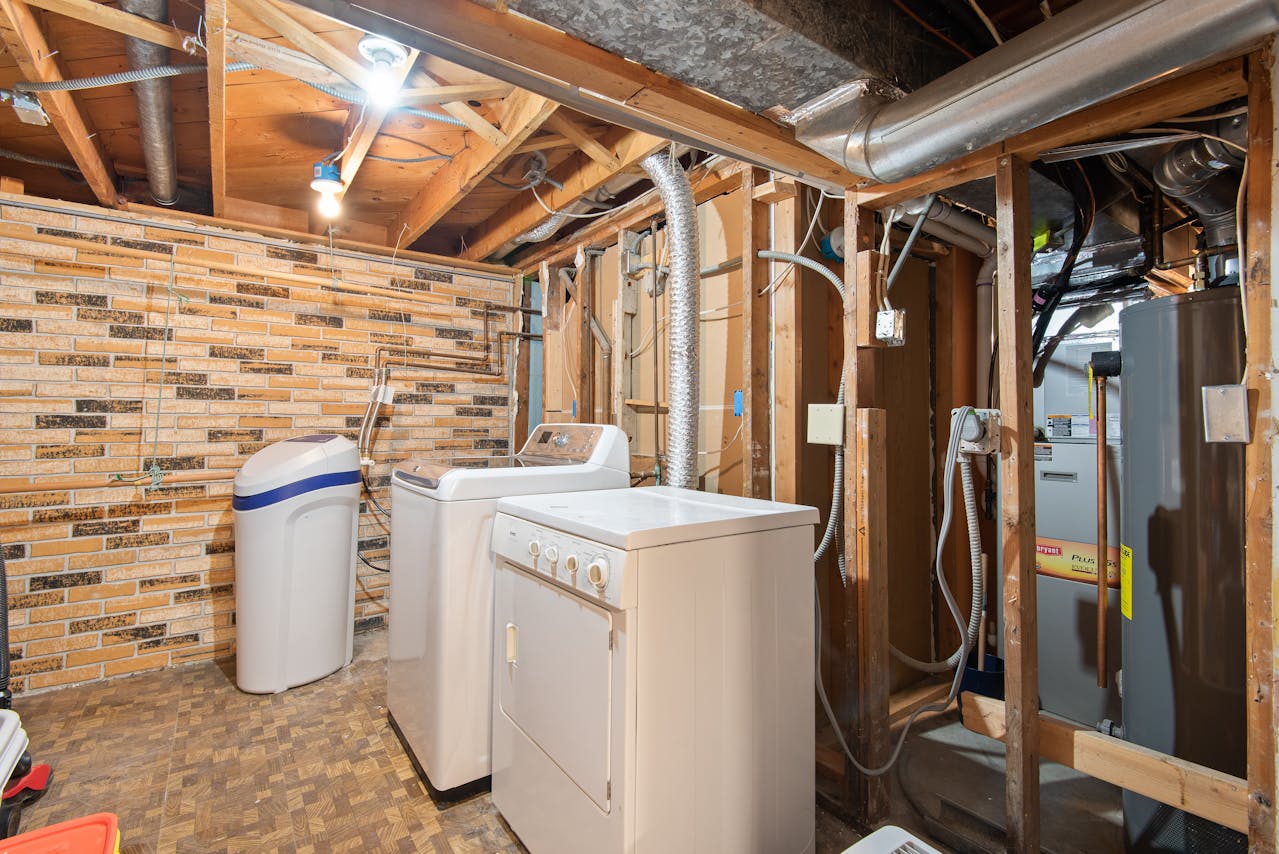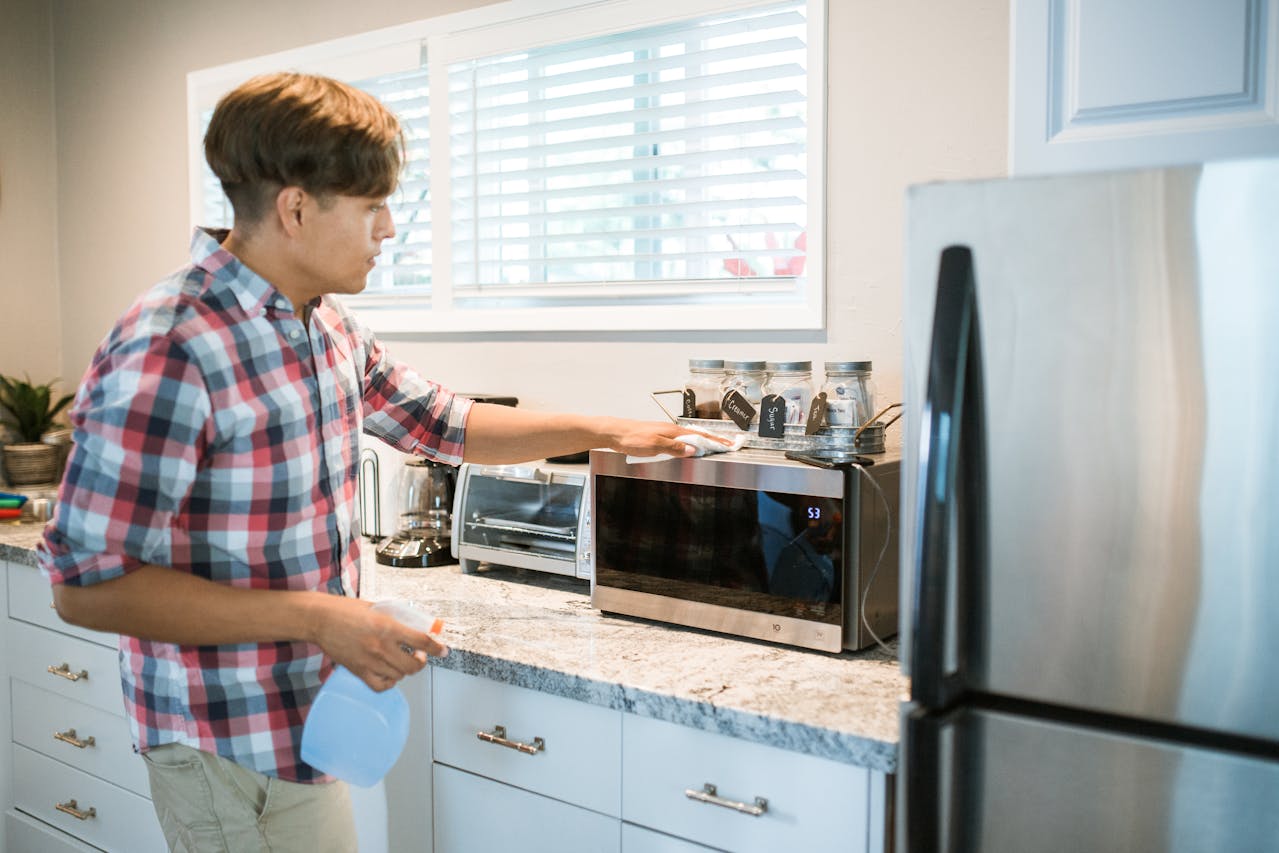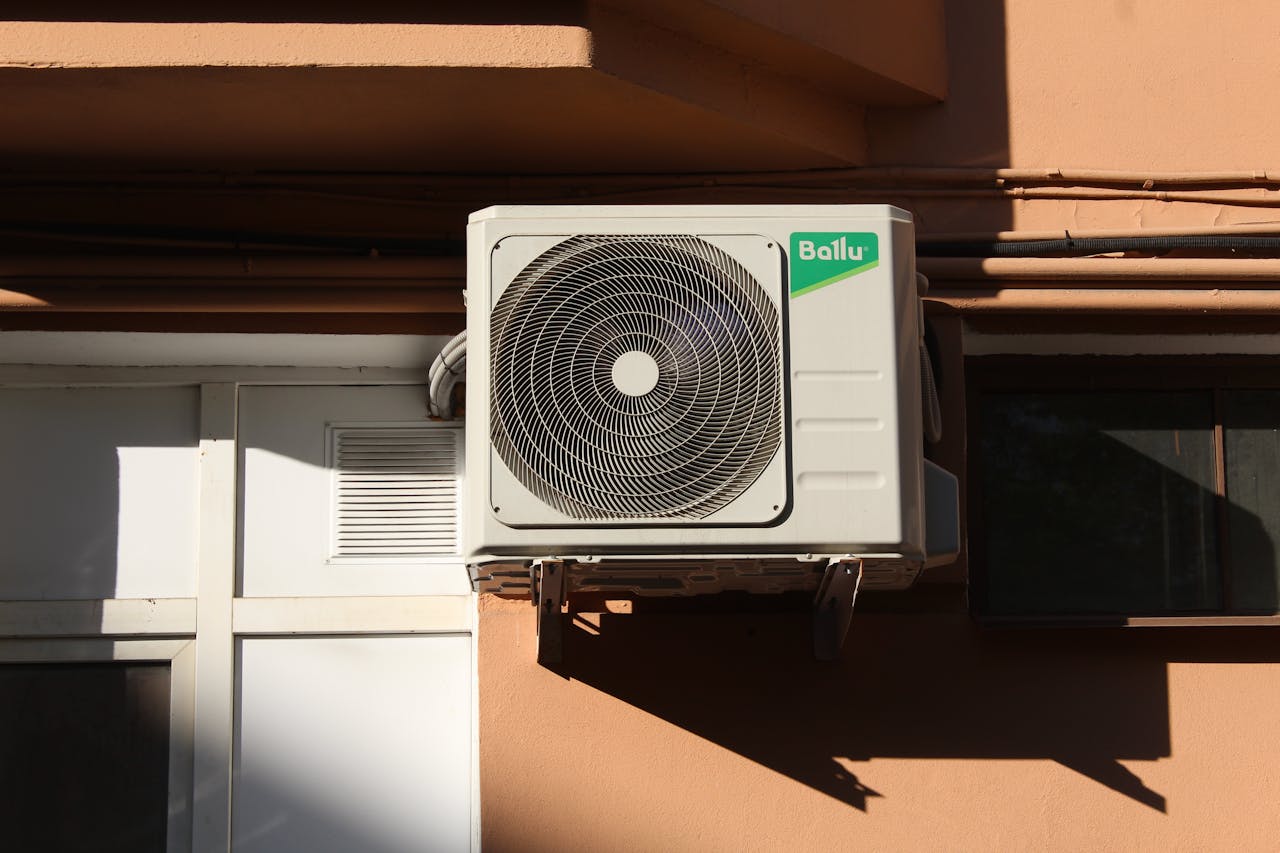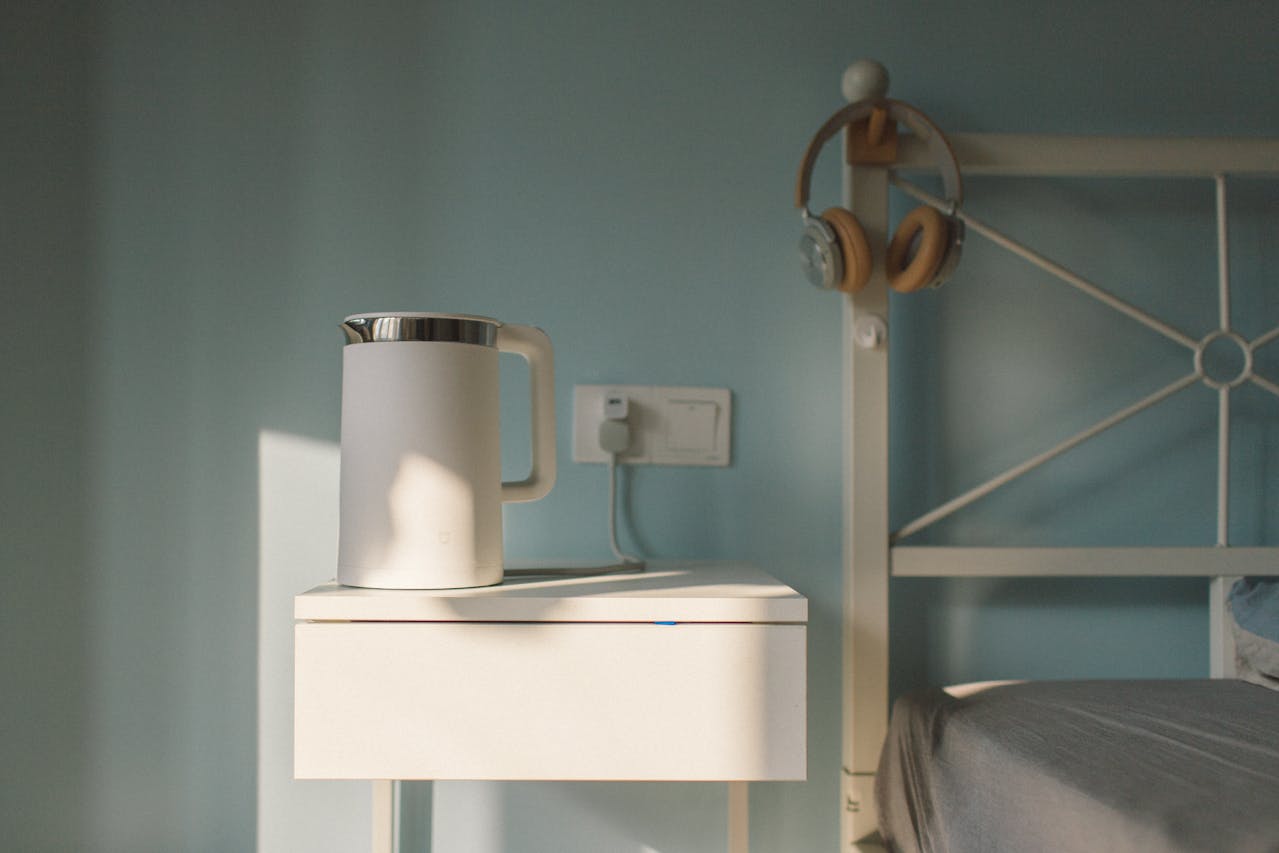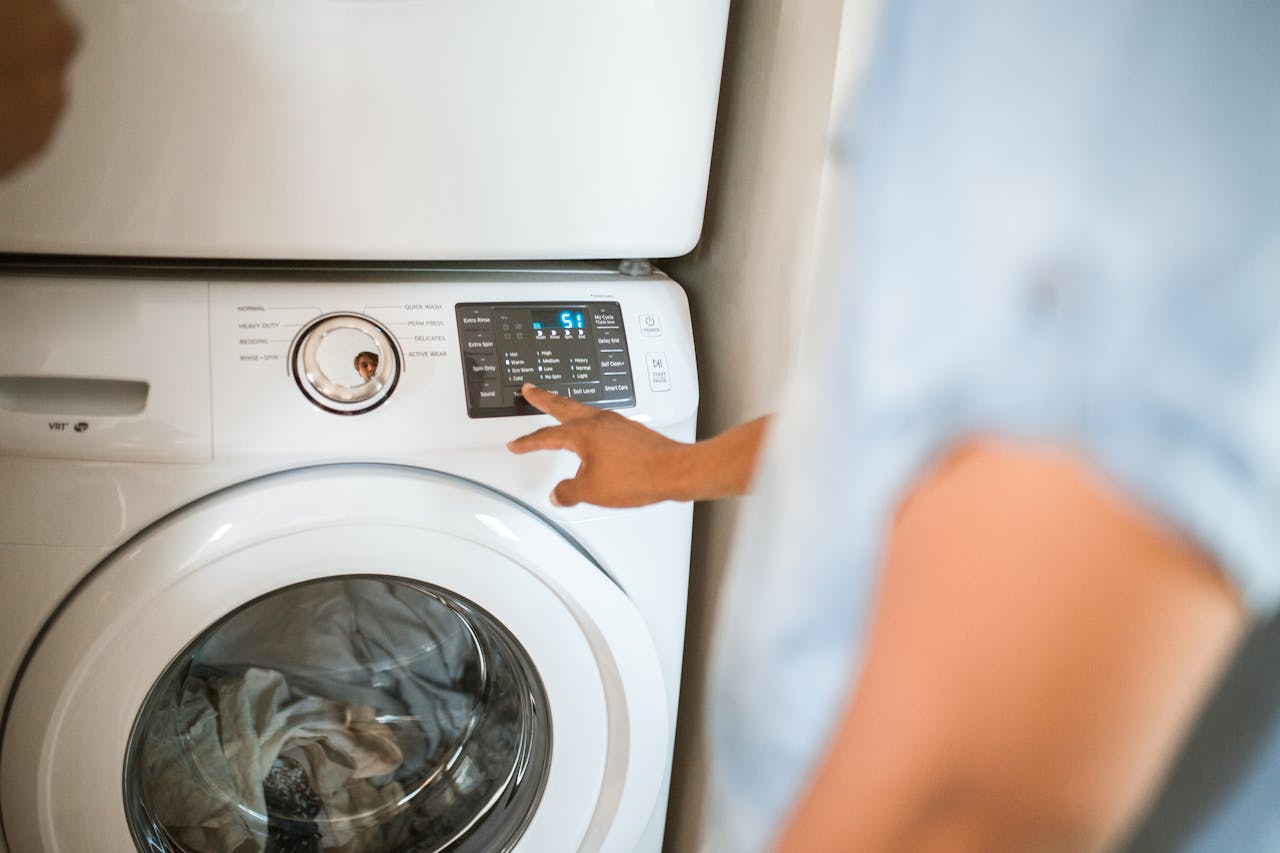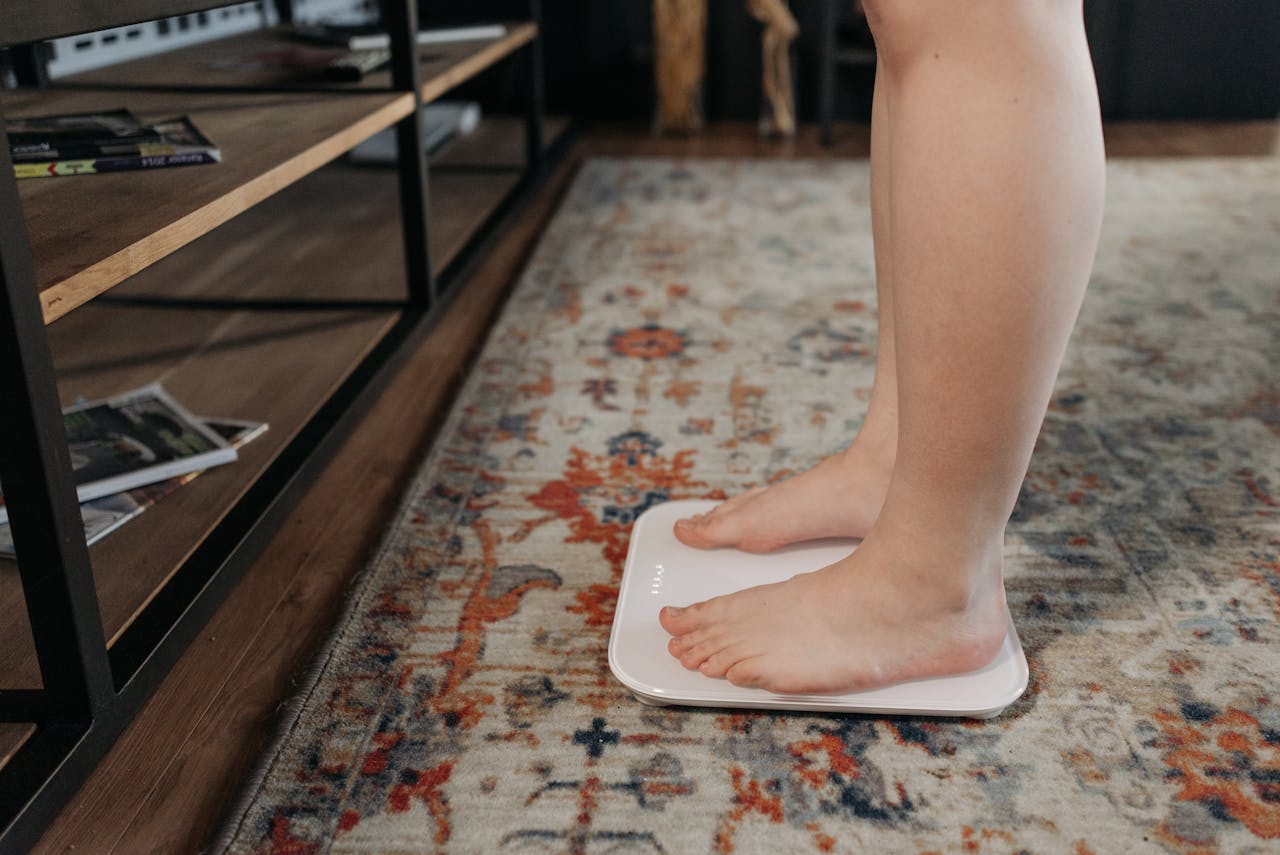8 Common Foods That Spoil Faster Than You Think—Even in the Fridge

We’ve all been there: you open your fridge, only to find that some of your favorite foods have spoiled far quicker than you expected. Even when stored in the fridge, certain items don’t last as long as we might think. Whether it’s fresh produce, dairy, or pantry staples, understanding how to properly store these foods can save you money, reduce waste, and ensure you’re eating the freshest ingredients possible. Let’s dive into eight common foods that spoil faster than you think, even in the fridge, and how to make them last longer.
1. Berries (Strawberries, Blueberries, Raspberries)

Berries are packed with flavor and nutrients, but they spoil quickly, even in the fridge. Their high moisture content makes them prone to mold, and once one berry starts to go bad, it can quickly affect the rest. To keep your berries fresh, store them in a dry container and avoid washing them until you’re ready to eat. Even with the best storage practices, berries typically only last about 3-4 days, so it’s best to enjoy them soon after purchase.
2. Leafy Greens (Spinach, Kale, Lettuce)

Leafy greens are a healthy addition to any meal, but they have a short shelf life. Even when stored in the fridge, greens like spinach, kale, and lettuce wilt and become slimy within a few days. To extend their freshness, store them in a dry container and avoid washing them until you’re ready to use them. Wrapping them in a paper towel to absorb excess moisture can also help, but they’ll still need to be eaten within 3-5 days for the best taste and texture.
3. Avocados

Avocados are a favorite for guacamole, sandwiches, and salads, but they spoil quickly once ripe. A ripe avocado can turn brown and mushy in just a day or two. If you want to extend its life, store it in the fridge once it’s ripe, but use it within 1-2 days for the best taste. If you have leftover avocado, try storing it in an airtight container with a bit of lemon or lime juice to prevent browning, but it’s still best to eat it quickly.
4. Tomatoes

Tomatoes are often kept in the fridge to prolong their freshness, but this can actually cause them to lose flavor and texture. Tomatoes are best stored at room temperature until they’re fully ripe. Once ripe, they can be placed in the fridge to extend their freshness for a few more days. However, even in the fridge, tomatoes typically last no longer than 4-5 days before they start to soften and lose their juiciness.
5. Eggs

Eggs are an essential kitchen item, but they still have a limited shelf life. Even though eggs can last up to 3-5 weeks in the fridge, they won’t stay fresh forever. Over time, eggs can lose their flavor and texture, and they may even develop an off smell. To ensure freshness, always store eggs in their original carton and place them in the coldest part of your fridge. To check if eggs are still good, perform the float test: place them in a bowl of water—if they float, they’re no longer fresh.
6. Cheese (Soft and Fresh Varieties)

Soft and fresh cheeses like ricotta, mozzarella, and cream cheese spoil much faster than hard cheeses. These cheeses have higher moisture content, which makes them more susceptible to bacterial growth. Once opened, they should be consumed within a week or two for the best flavor and texture. Always store them in airtight containers or tightly wrapped in plastic to prevent exposure to air, which can accelerate spoilage.
7. Citrus Fruits (Oranges, Lemons, Limes)

Citrus fruits are packed with vitamin C and are a great addition to your diet, but they don’t last as long as you might think, even in the fridge. While they can last up to two weeks in the fridge, they start to lose their freshness and juiciness after just a few days. To keep them fresh longer, store citrus fruits in a crisper drawer or mesh bag, but aim to consume them within the first week for the best taste. If you notice soft spots or mold, it’s time to toss them out.
8. Bread
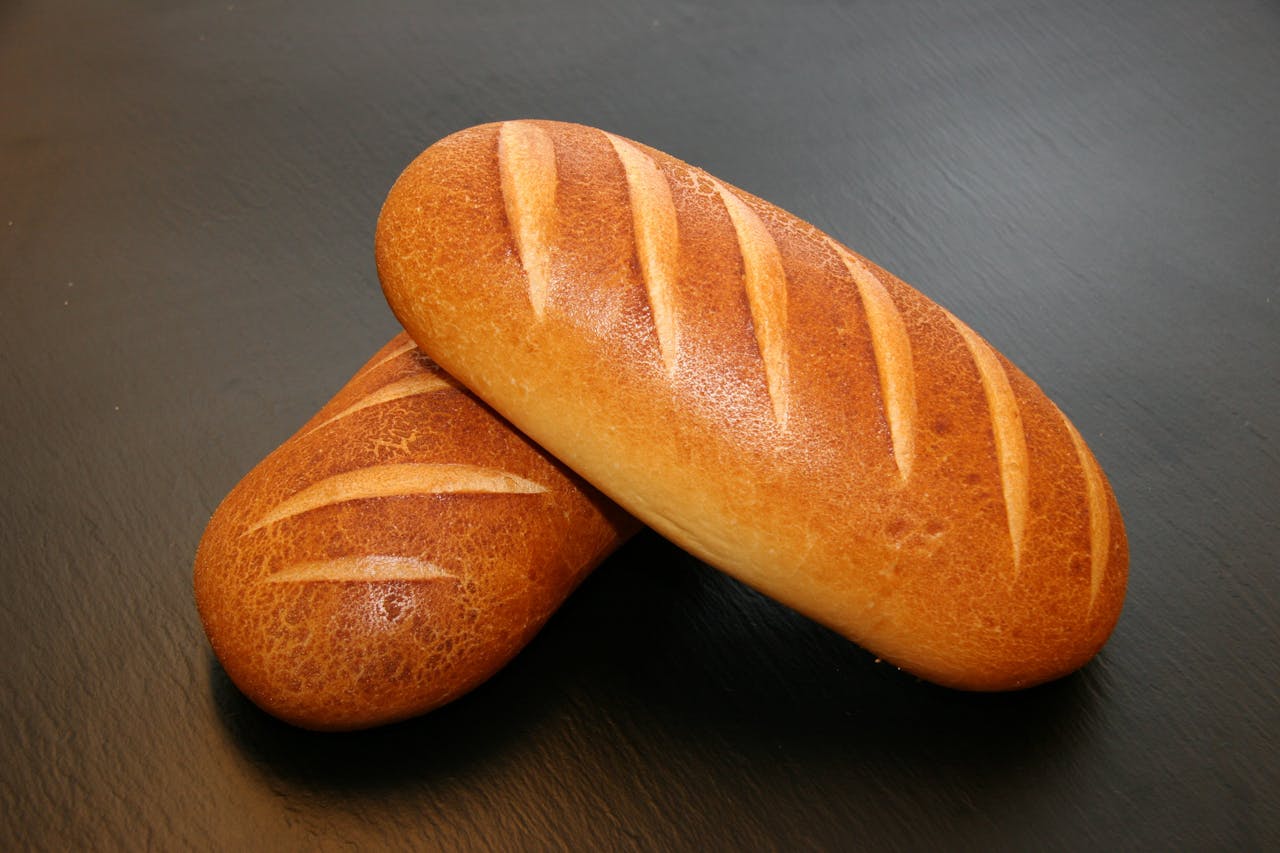
Bread is a staple in many households, but it has a surprisingly short shelf life, especially when stored in the fridge. While refrigeration can help prevent mold, it also accelerates the process of staling, making bread dry and hard. To keep bread fresh for longer, it’s better to store it in a cool, dry place like a bread box or pantry. If you don’t plan to eat it within a few days, freezing it is the best option to preserve its freshness. Simply slice it before freezing so you can thaw individual slices as needed.
Final Thoughts

Knowing which foods spoil faster than expected can help you avoid waste, save money, and ensure you’re always eating fresh ingredients. From berries to bread, each food has its own shelf life, and understanding how to store them properly can make a big difference. By following these simple tips, you can extend the freshness of your food and enjoy it at its peak flavor. So, next time you’re stocking your fridge, keep these eight foods in mind to make the most of your groceries and reduce unnecessary waste.












